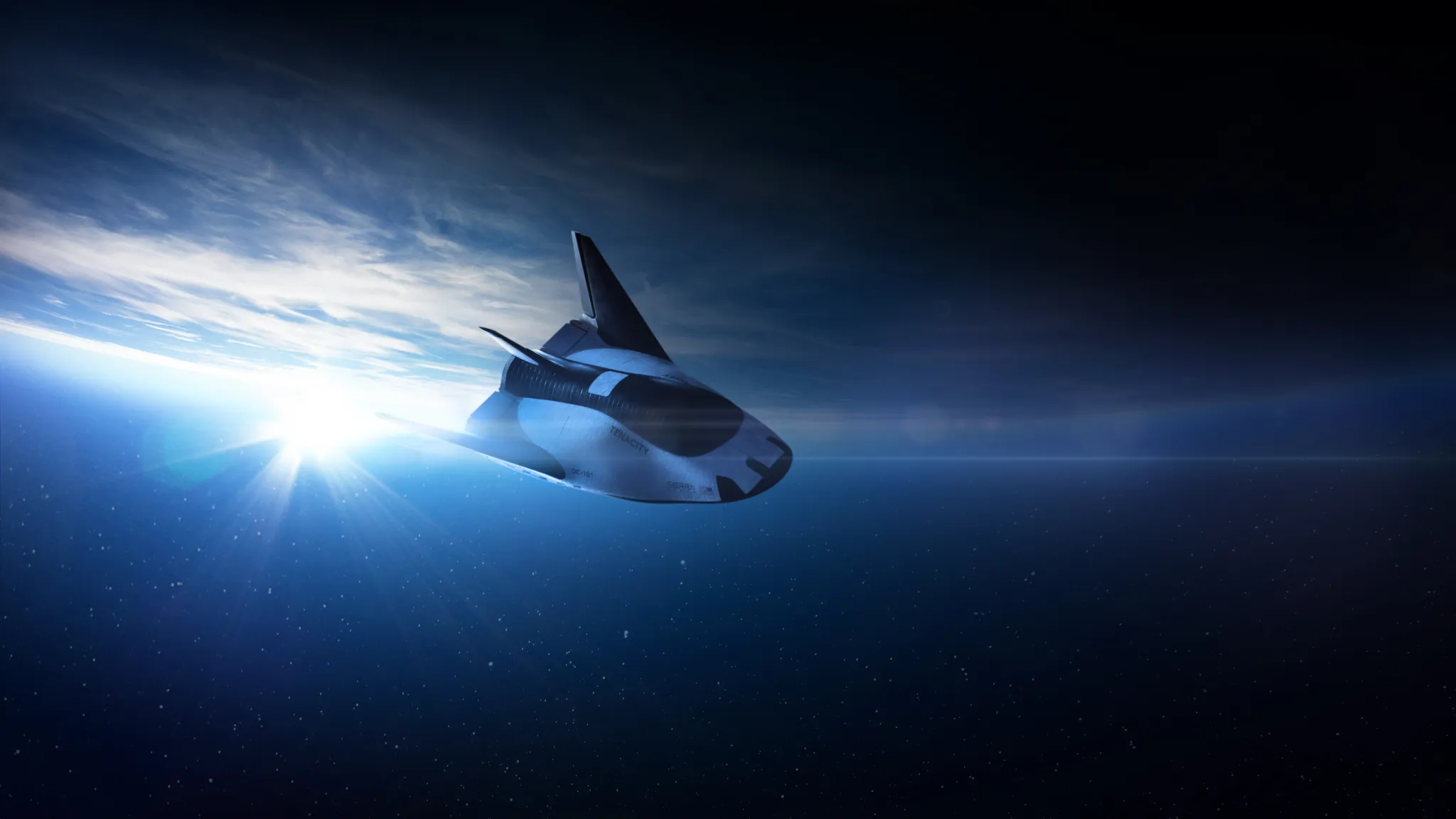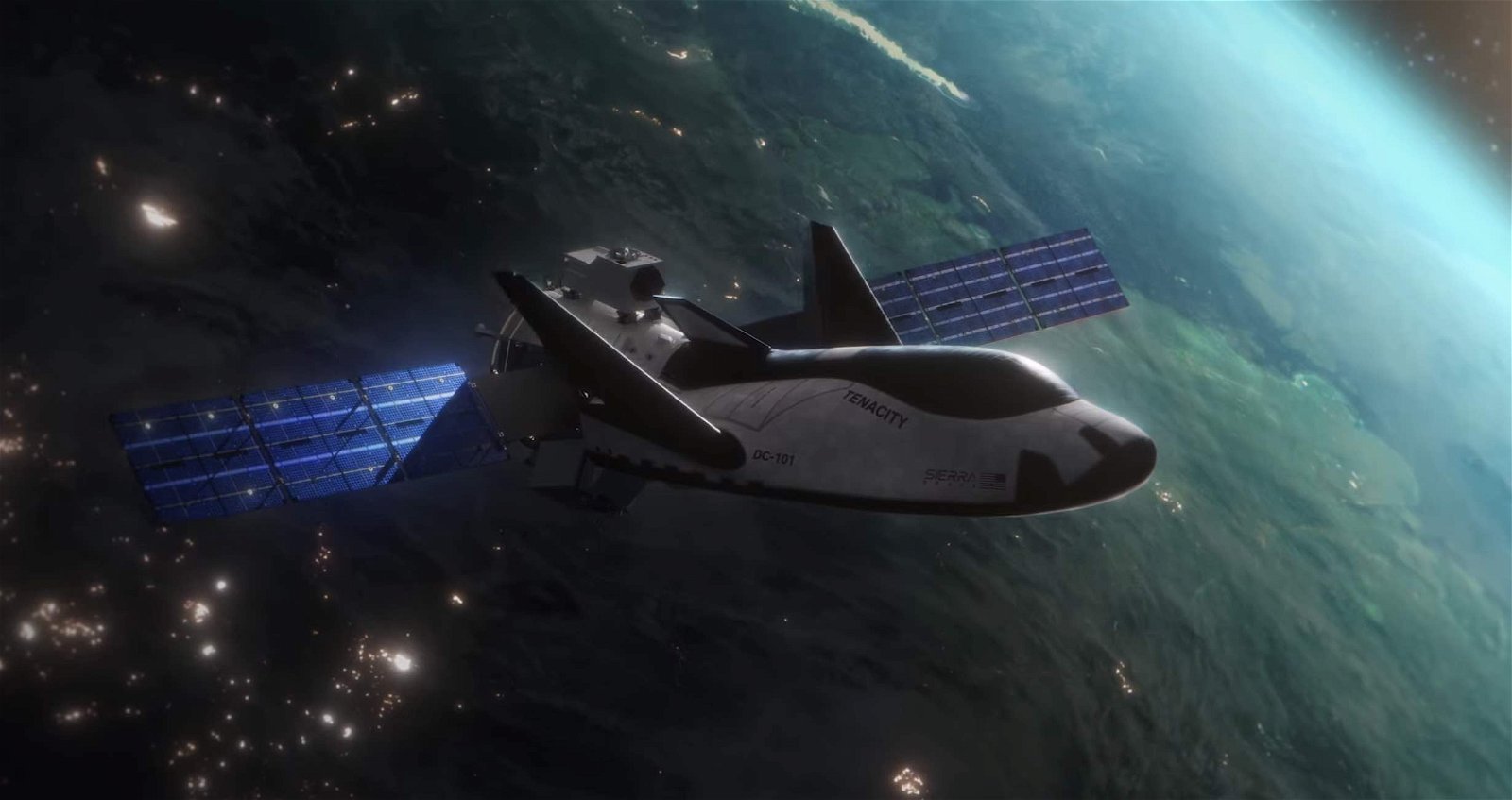An innovative new spaceplane cargo system is advancing toward its first delivery to the International Space Station (ISS), as one of NASA’s commercial partners providing resupply services.
The Dream Chaser spaceplane, designed by Colorado-based Sierra Space, is an uncrewed cargo spacecraft that is expected to carry out its first demonstration mission next year, NASA said in a news release.
Currently the only commercial runway-capable spaceplane, the reusable cargo system comprises two components, the Dream Chaser, a lifting body spacecraft, and its cargo module, Shooting Star. The system, a modified HL-20 spacecraft, is designed for reuse as many as 15 times and can be prepared for launch in as little as 24 hours.


Dream Chaser’s first flight will undertake in-orbit demonstrations next year to help Sierra Space and its partners at NASA gauge its readiness for future resupply missions. Flight controllers with Sierra Space will oversee the launch, with assistance and support from NASA personnel and the agency’s launch facilities.
At the time of launch, Dream Chaser’s wings are folded within five-meter fairing panels that are jettisoned once they reach orbit, which protect the spacecraft while being carried to orbit on board a United Launch Alliance (ULA) Vulcan Centaur rocket.
On its way to the ISS, Dream Chaser’s wings are deployed, as well as solar arrays on its cargo module, Shooting Star, which can deliver pressurized and unpressurized cargo to the ISS, as well as retrieve it and bring it back to Earth. The cargo module is disposable, and after each use, it can be jettisoned before reentry.
Before entering joint operations with NASA Mission Control in Houston, Dream Chaser will first demonstrate attitude control, abort capabilities, and other crucial maneuvers well beyond the vicinity of the ISS during initial test phases. These will be followed by near-field demonstrations, which will feature sensor systems and response commands that test its ability to maneuver within proximity to the space station before ultimately being cleared to approach it.
Once it reaches an approximate distance of 38 feet from the space station, the Canadarm2 robotic arm will be used to secure Dream Chaser’s cargo module, which is thereafter connected to a port on either the Unity or Harmony module with assistance from ground teams.
Dream Chaser will deliver 7,800 pounds of cargo during its maiden flight to the ISS, and during future missions the spacecraft will be capable of remaining attached to the space station for as much as 75 days, allowing it to deliver as much as 11,500 pounds of cargo.
In addition to being able to retrieve cargo from the space station, another critical feature is the cargo module’s ability to bring up to 8,700 pounds of trash with it at the time of departure from the space station, which can be disposed of during reentry.
With the speed at which Dream Chaser can be prepared for launch, the spacecraft is equally flexible in its landing capabilities, boasting an ability to land as soon as 11 hours after initial departure. During reentry, the spaceplane flies to Kennedy Space Center’s Launch and Landing Facility, making Dream Chaser’s arrival the first landing of a spacecraft at the facility since the last flight of the space shuttle was completed more than a decade ago.
You can learn more about Sierra Space and the Dream Chaser cargo system at the company’s website.
Micah Hanks is the Editor-in-Chief and Co-Founder of The Debrief. He can be reached by email at micah@thedebrief.org. Follow his work at micahhanks.com and on X: @MicahHanks.

